What Vegetable Seeds Need to Sprout Successfully
Discover the key factors vegetable seeds need to germinate successfully, including moisture, temperature, and light.
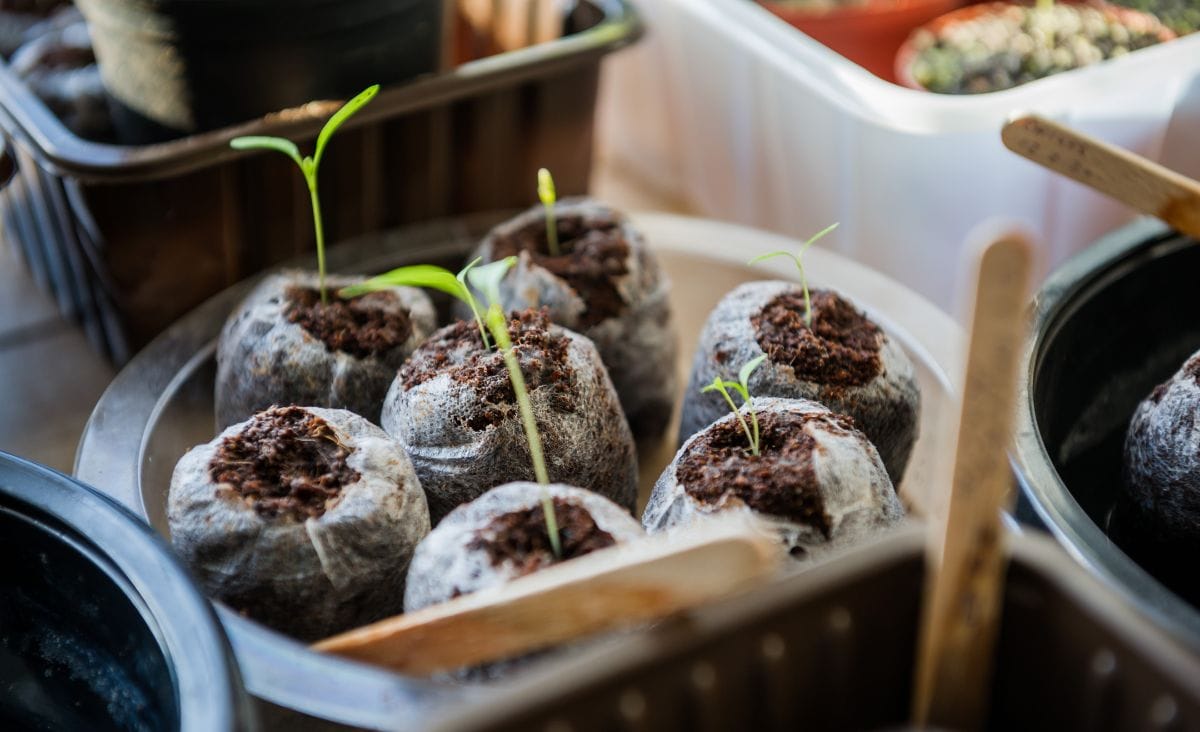
Starting a vegetable garden is an exciting journey, but getting those tiny seeds to sprout can sometimes feel like a mystery. If you’ve ever planted seeds and waited impatiently for them to sprout, only to be met with empty soil, you’re not alone.
Understanding what vegetable seeds need to germinate can make all the difference. In this post, I’ll break down the essential factors like light, heat, moisture, and soil conditions to make sure your seeds have the best start possible.
The Key Elements for Vegetable Seed Germination
Vegetable seeds have basic needs that must be met in order to sprout. These factors include moisture, temperature, oxygen, and, in some cases, light. Let’s dive into each element to help you set your seeds up for success.
Moisture for Germination
Moisture is the most critical factor in seed germination. Without it, seeds will remain dormant.
- Seeds absorb water through their outer coating, softening it and triggering internal growth processes.
- Overwatering can cause seeds to rot before they sprout, while too little water prevents germination altogether.
- The goal is to keep the soil consistently moist but not soggy.
Tip: I like to use a spray bottle to lightly mist the soil each day rather than soaking it.
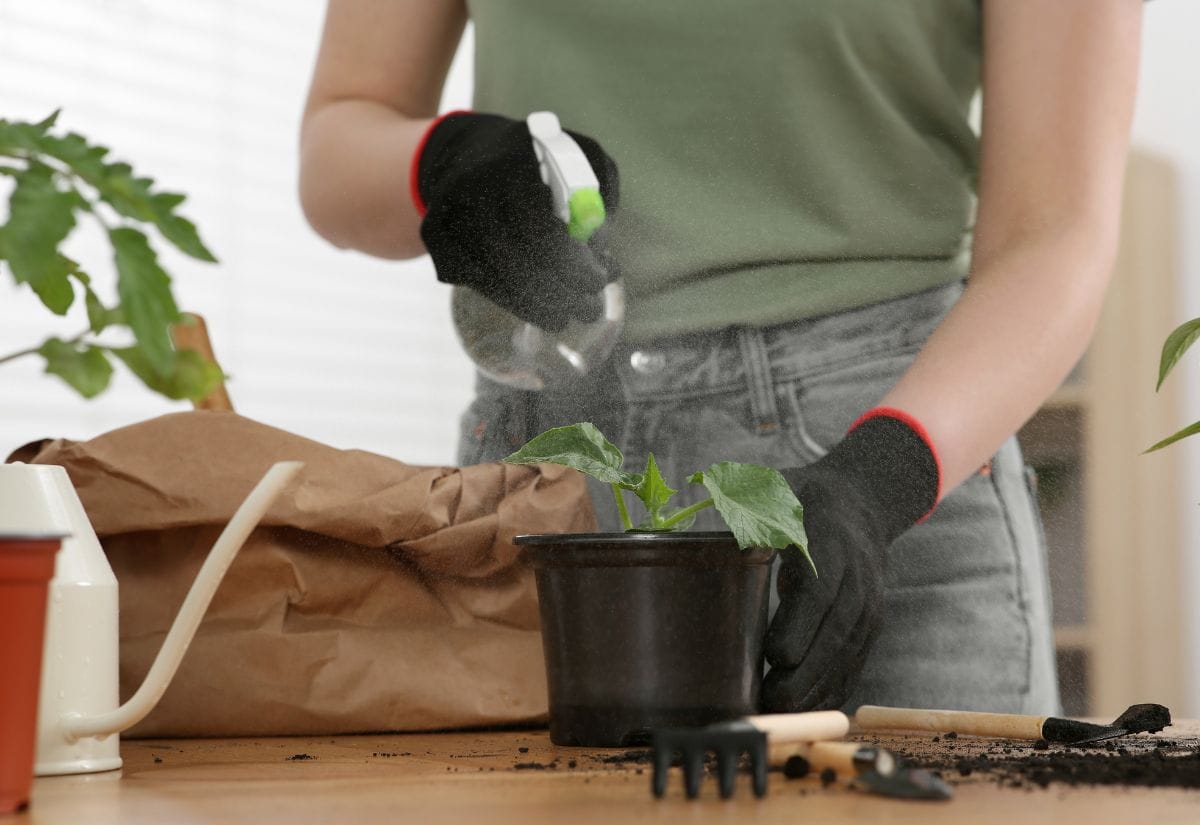
Finding the Right Temperature Balance
Every type of vegetable seed has an ideal temperature range for germination.
- Warm-season crops (like tomatoes, peppers, and cucumbers) prefer soil temperatures between 70-85°F.
- Cool-season crops (like lettuce, spinach, and peas) germinate best in soil temperatures between 50-65°F.
- Use a soil thermometer to monitor temperatures and consider using a heat mat for warmth-loving seeds.
I once tried starting tomatoes too early in my cool farmhouse and got nothing—a simple heat mat changed everything!
Do All Plants Need Light?
Light is a critical factor, but it depends on the seed type.
- Some seeds, such as lettuce and basil, need light to germinate and should be sprinkled on the soil surface.
- Others, like beans and squash, prefer darkness and need to be buried under the soil.
- If you’re unsure, check the seed packet for specific light requirements.
Tip: If a seed needs light, I place it in a sunny window or under grow lights set to 12-16 hours a day.
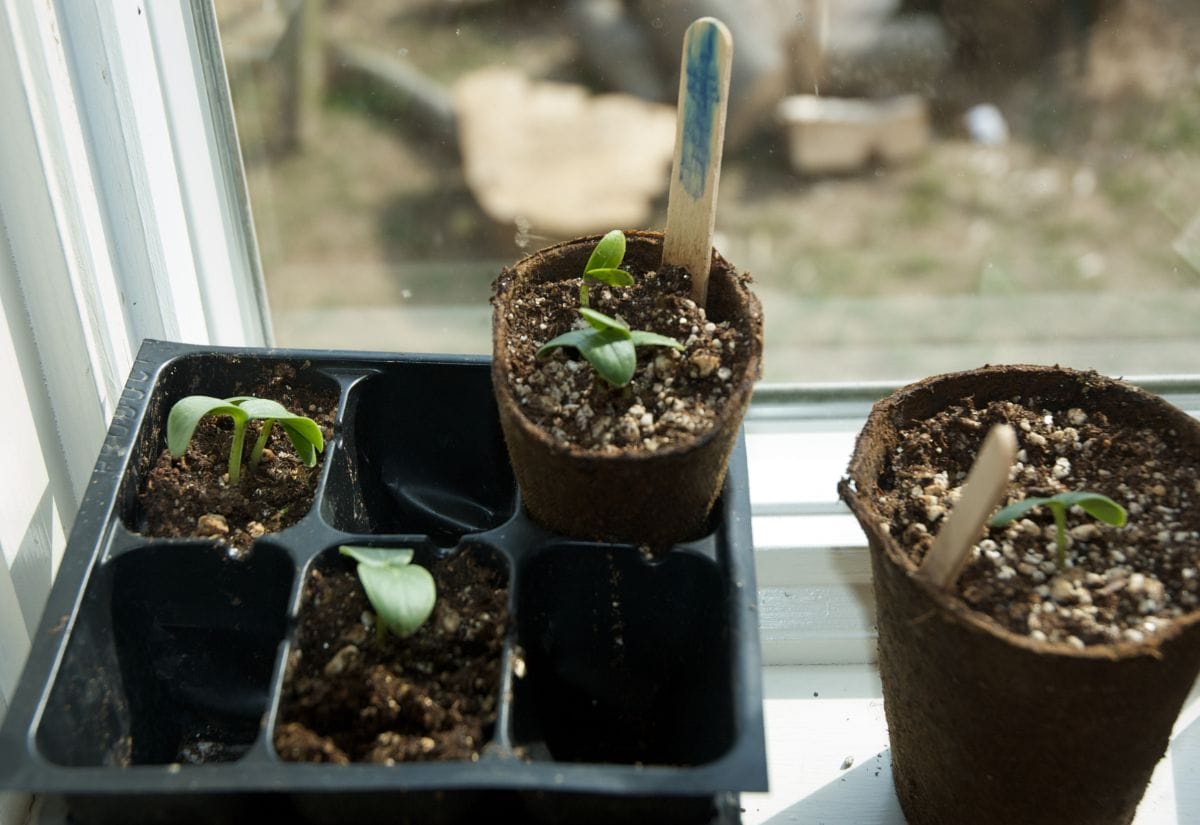
Plants Need Oxygen
Seeds need oxygen to respire and grow. Compacted or overly wet soil can hinder oxygen availability by suffocating the seed. Proper aeration is crucial to allow seeds to take in the oxygen they need for cellular respiration.
- Use a light, well-draining seed-starting mix to ensure adequate airflow around the seeds.
- Avoid pressing the soil down too much when planting, as compacted soil restricts oxygen flow.
- Regularly check moisture levels to prevent waterlogging, which can reduce oxygen availability and lead to mold or rot.
Creating the Perfect Bed
Using the right soil can make or break seed germination. The best soil provides a balance of moisture retention and drainage while allowing roots to establish easily.
- Opt for a fine, lightweight seed-starting mix rather than dense garden soil, which can be too heavy for delicate seedlings.
- Make sure the soil is free of large clumps to help seedlings push through without resistance.
- Look for a seed-starting mix that contains organic materials like peat moss or coconut coir to retain moisture without becoming waterlogged.
- Pre-moistening the soil before planting can help distribute moisture evenly and create an optimal environment for germination.
I always pre-moisten my seed-starting mix before planting to ensure even moisture distribution.
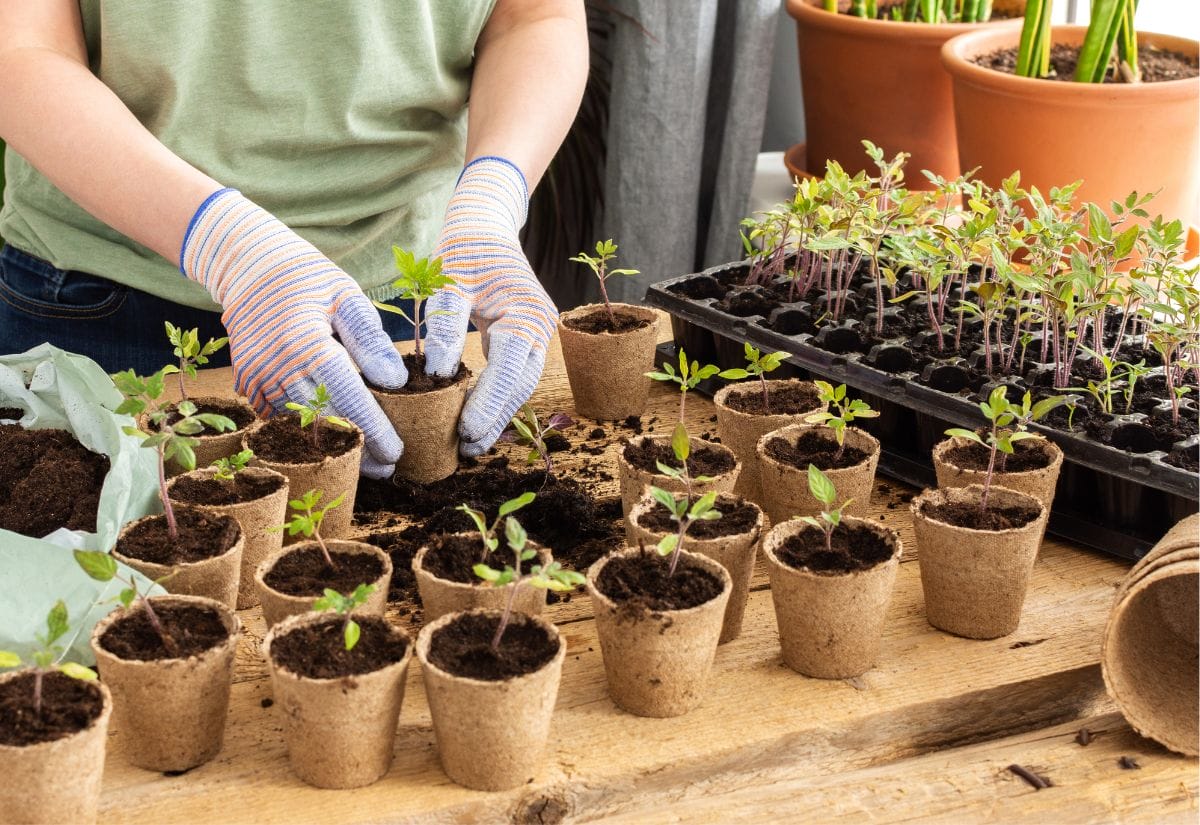
Knowing When to Plant
Timing plays an important role in successful germination and future plant growth. Planting too early or too late can result in poor sprouting or weak seedlings.
- Follow the seed packet guidelines for your region and planting zone to determine the best planting window.
- Consider succession planting to enjoy a continuous harvest throughout the season.
- Pay attention to frost dates, especially for tender crops that can’t handle cold temperatures.
- For those in colder climates, starting seeds indoors or utilizing winter sowing can give plants a head start before the outdoor growing season begins.
Your Seed Germination Questions, Answered
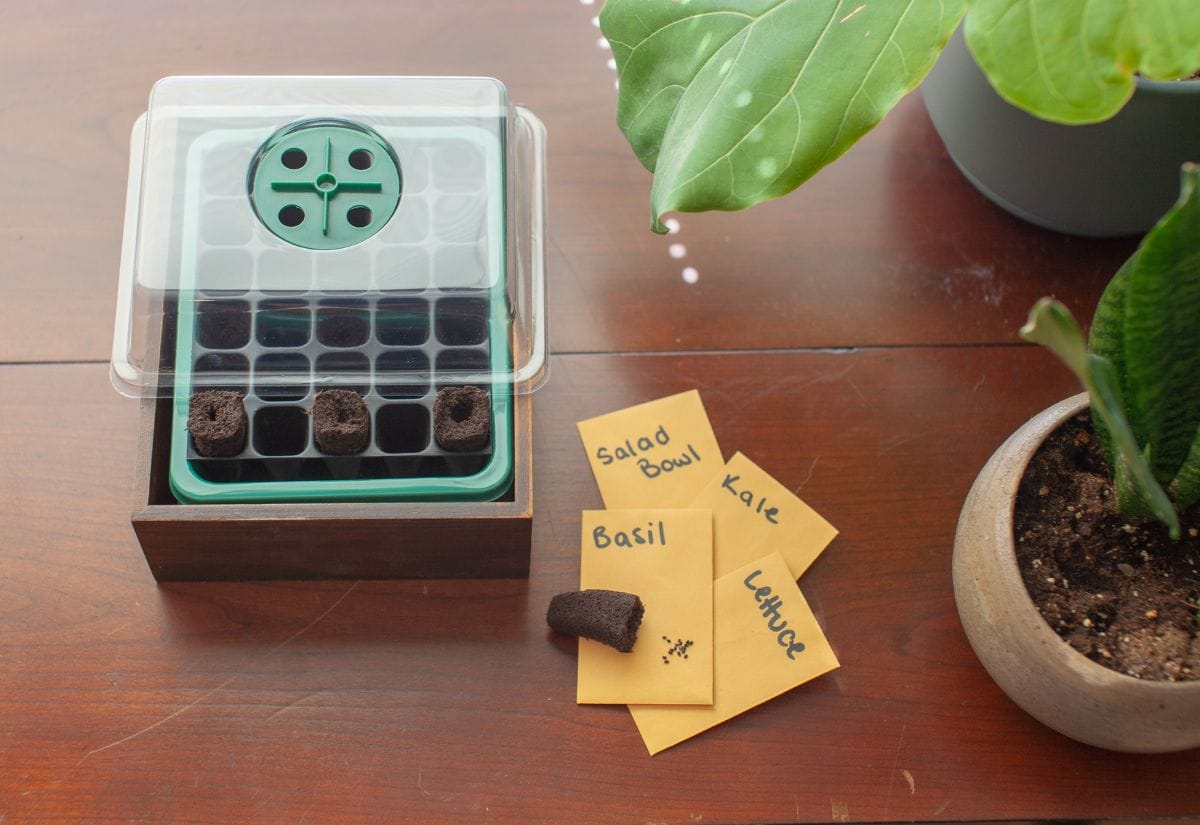
Pro Tips for Successful Germination
If you’re struggling with germination, try these additional tips:
- Humidity Domes: Cover trays with a plastic dome to maintain moisture.
- Bottom Watering: Place trays in a shallow water container to let the soil absorb water from below.
- Pre-soaking: Some seeds, like peas and beans, benefit from soaking for 12-24 hours before planting.
If you’re not ready to start seeds indoors, consider buying seedlings from a reputable local nursery for an easier start.
Pin now and grow your best garden yet!
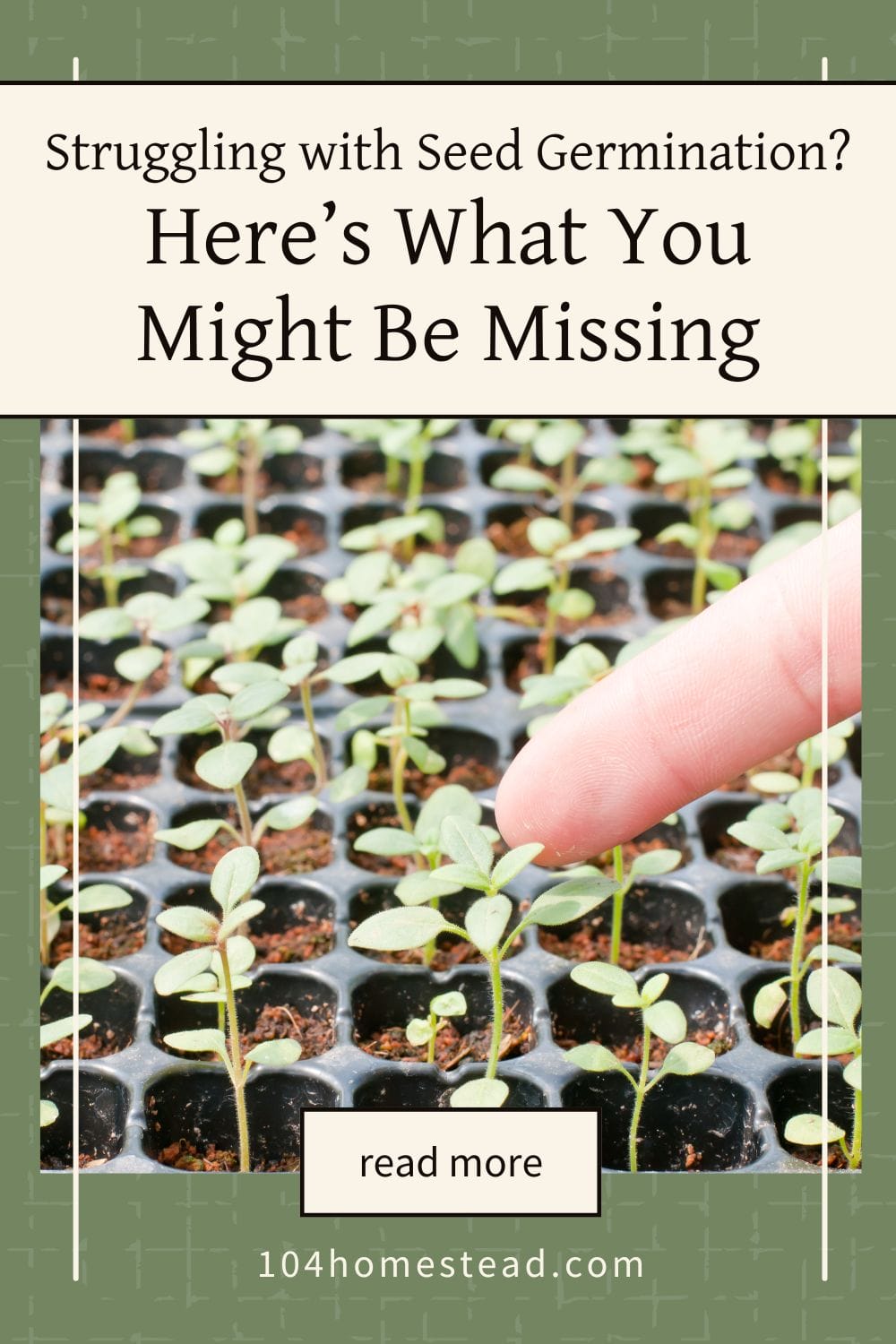
Germinating vegetable seeds successfully comes down to understanding their specific needs for moisture, temperature, light, and soil quality. Once you master these basics, you’ll see healthier, stronger plants thriving in your garden.
If you’re looking to take your seed-starting skills to the next level, there’s plenty more to explore. Understanding how to read seed packets can help you choose the right varieties and planting times, while knowing your gardening zone and frost dates makes sure you’re sowing at the right moment. Curious about lighting options? Discover whether LED lights can provide the right conditions for your seedlings. And if you’re eager to maximize your garden space, succession planting is a great way to keep your harvests coming all season long.
What has been your biggest challenge when it comes to seed starting? Let me know in the comments below!




